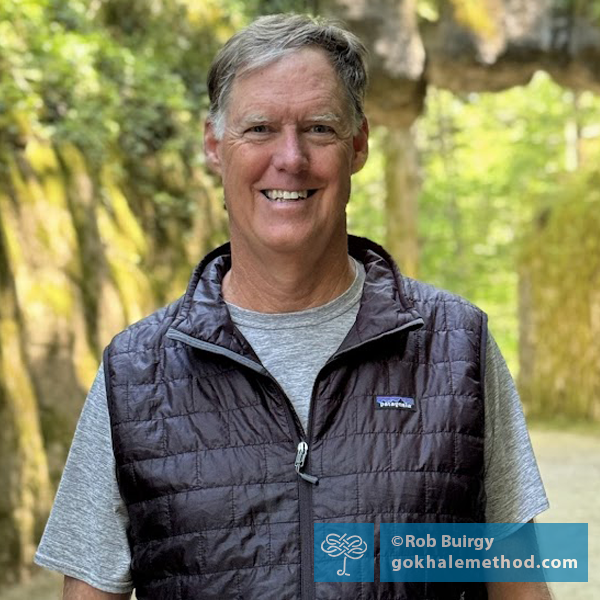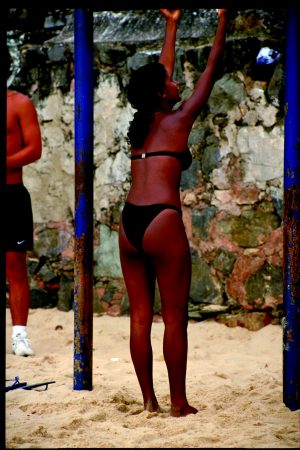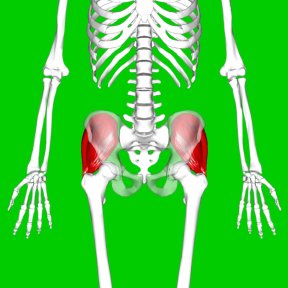From Back Fracture and Knee Surgery, to Rafting and Hiking
This Valentine’s Day, Walk with Your Heart…
What is the Best Ab Exercise?
The abdominal crunch, though ubiquitous, is actually quite detrimental to the spinal discs and nerves. Better to find an abdominal exercise which respects and protects the spine! Image courtesy Jonathan Borba on Unsplash.
Happy Holidays! The dawning of a new year is a time when many people make efforts to establish new habits, many of them body-related. With the desire to improve ourselves often comes a (sometimes unhealthy) heightened awareness of how our bodies and their shapes appear to others. This is particularly true of abdominal muscles. Photoshopped, unrealistic images of sculpted torsos plaster newsstand covers every January. Crunches are the most commonly recommended exercise for
Lessons I Learned from My Travels: Brazil
SALVADOR, BRAZIL
Salvador, Bahia in the Northeast of Brazil throbs with a pulse that is African and Brazilian all at once. In spite of the particularly brutal conditions of slavery in Brazil, the African immigrants kept their musical and dance traditions alive. Salvador, Bahia is where the Afro roots of Brazilian culture are most in evidence. I visited two times and those visits reawakened something in me from way, way back — from when my ancestors drummed and danced in Africa 60,000+ years ago. There’s nothing that gets to my gut the way African / Afro-Brazilian drumming and dancing does. Here follow some posture lessons I brought home from that magical place.
Healthy posture is sexy
Bathing




